Floppy Baby Syndrome
Table of Contents
What is the floppy baby syndrome?
- Floppy baby syndrome means hypotonia means decreased muscle tone. If your baby has it, they will likely feel not strong in your arms, like a rag ball. That’s why it is called a floppy baby syndrome. It is often the symptom of an underlying medical condition. Hypotonia and muscle weakness are not the same, but muscle weakness is a symptom of hypotonia. Treatment can improve symptoms over time.
Who does floppy baby syndrome affect?
- Floppy infant syndrome (FIS) is present at birth, and doctors diagnose hypotonia most frequently during babyhood before your child is six months old.
- Hypotonia can also affect adults.
How common is Floppy infant syndrome (FIS)?
- FIS is the most occurring condition that affects a newborn infant’s motor skills. The exact rate of the event is unknown, as hypotonia is often a symptom of another condition.
Is Floppy Baby syndrome a disability?
- Hypotonia, as a symptom, is not a disability, although the underlying diagnosis could be a disability.
- Hypotonia does not affect a person’s intellectual abilities.
What are the symptoms of Floppy baby syndrome?
Children with FIS have symptoms where their bodies look like rag dolls. Doctors also refer to your baby as being “floppy” from their diagnosis. Symptoms of FIS include:
- Your baby is unable to lift their head or control neck muscles & feels limp when held & cannot place weight on their legs.
- Your baby’s arms and legs are put straight at their sides without a bend at their elbow or knee.
- Your baby has difficulty swallowing or sucking & weak cry & shows muscle weakness.
- Children diagnosed with hypotonia may have delayed milestones that affect their motor skills, including:
- Sitting upright.
- Grasping a crayon.
- Crawling.
- Walking.
- Saying their first words.
- Feeding themselves on their own.
- Altered reflexed
What are the causes of this Floppy baby syndrome?
- A transmission error between the pathways that control movement causes hypotonia. These pathways join the brain, spinal cord, nerves, and muscles; But more often, it’s related to another health problem. There is a number of causes. A few are:
- Brain damage due to not enough oxygen right before or after birth
- Difficulty with the way the brain formed in the womb
- Disorders that affect nerves
- Achondroplasia
- Spinal cord injury
- Cerebral palsy
- Severe infections
- Floppy infant syndrome is not always a sign of a serious problem. When babies are premature birth, they may have weak muscle tone because their bodies have not had enough time to develop properly. In this case, things should get obviously correct as weeks and months pass. You just need to check your baby is achieving milestones and getting any treatment they need.
Getting the true diagnosis
- The reason that many things can cause FIS, it may take some time to understand what is behind your child’s condition. The doctor will want information about your family’s medical and genetic history & give your baby a physical exam. They may check their:
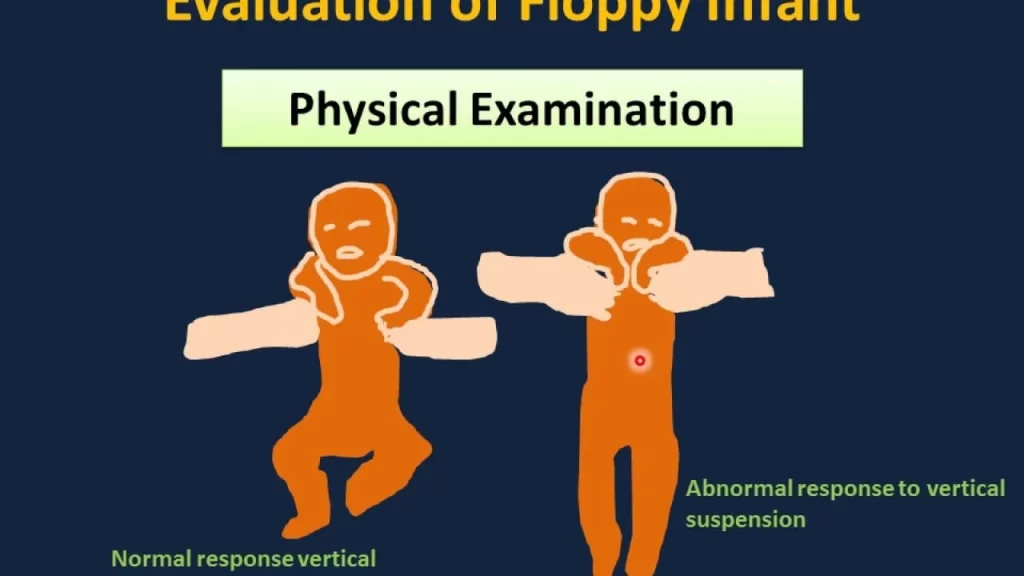
- Motor skills
- Sensory skills
- Balance
- Coordination
- Mental status
- Reflexes
What tests diagnose floppy baby syndrome?
- If your doctor suspects FIS, they will take steps to diagnose the underlying condition that caused hypotonia as a symptom. Tests could include:
- MRI or CT scan (to observe the brain)
- Blood test
- EMG (to measure which nerve or muscle works properly)
- EEG (to measure electrical activity in the brain)
- Muscle biopsy
- Spinal tap, (to measure the pressure inside the spine)
- Genetic tests (to measure any genetic abnormalities)
The doctor also will want to know doubt between two or more problems before the baby was born or during delivery.
How is treated floppy baby syndrome?
- After a FIS diagnosis, your doctors will test for the underlying condition that caused hypotonia as a symptom. Your doctor will begin treating the underlying condition, followed by symptomatic treatment to address symptoms, including:
- Sensory stimulation therapy: These help to make it easier for babies and kids to respond to sight, sound, touch, smell, and taste.
- Occupational therapy: This will help your child get fine motor activities, which are essential for daily tasks.
- Physical therapy: similar to occupational therapy, it can help your child get to increase the tone of their movements. It can also make something better with strength and muscle tone over time.
Exercises Can Help Treat FIS/Low Muscle Tone in Babies & Children:
- Crawling Different Surfaces
- Easy: Army crawl on the carpet (to increased resistance compared to flat or strong)
- Medium: Couch cushions (more flexible surfaces present a dynamic challenge)
- Hard: Crawling up slope or steps (with close supervision for safety)
2. Pulling to Stand
- Easy: from sitting on parent’s legs (motivation: hugs, kisses, and scrunch)
- from sitting on a low surface or couch cushion (motivation: whatever is cool on the couch or low table – games, toys & food)
- from kneeling to half kneel (more advanced, might help to keep one leg kneeling instead of going over toes)at a vertical surface (try introducing cool fridge magnetic toys at the refrigerator)
- Hard: push to stand using a low surface or cushion for hands.
3. Squatting to Stand
- Squat and return to stand with trunk or arms or hands-on couch or low table for support (trunk being most support, hands provide small support)place motivating toys or games with pieces on the floor to give confidence to your child to squat and pick one up & then stand up & place the toy in a container on supporting surface.
4. Tall Kneeling
- Tall kneeling challenges gluteus muscles and core muscle stability.
- Easy: holding a tall kneel position at a supporting surface such as a low surface or table – the cube chair works great for this.
- Medium: heel sits too tall and kneels to bring puzzle pieces from floor to puzzle on the low couch or low table.
- Hard: move bubbles/hold a ball/balloon up just beyond their reach, cheering up them to come up to a tall kneeling position. Can they keep this position and play here for a few seconds?
5. Other
- Bilateral play – promotes the use of two sides of the body and movements that cross the midline.
- Sports skills – requires hand & eye coordination, reaching, squatting, and balance.
- Navigating obstacles – play tunnels to make strength, endurance, and motor planning.
- Climbing up and down – to achieve both concentric and eccentric muscle activation.
- Speech & language therapy: Helps in breathing control, speaking therapy, and swallowing problems.
An infant diagnosed with hypotonia might have trouble eating and swallowing due to their weakened muscle tone, your doctors might place a tube in your child’s nose or directly into their stomach to provide proper nutrition to your baby. A child with benign congenital hypotonia may not require any therapy, but they may be required to see a doctor for related problems, such as dislocation of joints.
How soon after treatment will my baby feel better?
- Hypotonia is a long-life condition, but muscle tone can better over time with successful treatment for the underlying condition that caused your baby’s symptoms.
How can I reduce my risk of having a child diagnosed with FIS?
- There is no way to prevent hypotonia because it is often the symptom of a chronic condition, which can be genetic. Genetic conditions are not treatable. If you think about becoming pregnant and want to know your risk of having a child with a genetic condition, talk to your doctor about genetic testing.
If you are pregnant, you can take steps to stop happening to have a child prematurely by:
- Follow guidance from your doctor on recommended activities during pregnancy.
- Avoid tobacco & alcohol & drugs.
- Eat a proper diet.
- Take care of yourself and treat any serious illness that could affect the outcome of your pregnancy.
What can I expect if I have a baby with FIS?
- The prediction of hypotonia varies based on the underlying diagnosis. FIS is a lifelong condition that can improve with treatment. Most babies who have an FIS diagnosis show better improvement in their muscle tone as they get older.
How do I take care of my child with a floppy baby syndrome diagnosis?
- Very careful when lifting your baby because babies with FIS are more delicate, with sentimental weakness where their muscles are, causing them to seem floppy. If you lift a baby with hypotonic by placing your hands under their underarms, they can smoothly out of your hands, as they do not have muscle resistance there. Your baby will have a hard time supporting themselves in a way similar to babies who do not have the condition. Follow the treatment recommended by your doctor to improve your baby’s muscle tone extra time.
- If your child receives a chronic condition diagnosis, there is a chance that symptoms of hypotonia could aggravate over time. To understand a better concept of your child’s diagnosis, talk with the doctor or a genetic counsellor.
When should I see my doctor?
- If you notice your baby’s muscle tone reduces or your baby is become weak than normal, visit your doctor. This is especially important if your child was able to fulfil certain motor skills like sitting upright or grasping objects, and then immediately, they cannot perform those tasks.
What questions should I ask my doctor?
- Are there side effects to my baby’s treatment that address their chronic condition?
- Is my baby’s FIS the result of a genetic condition?
- How can I help my baby to better their muscle tone at home?
MOSTLY ASKED QUESTIONS
What is the dissimilarity between hypotonia in babies and adults?
- Both babies and adults can have a hypotonia diagnosis. Babies who receive an FIS diagnosis retain their diagnosis for their whole life, even if symptoms make something better. Hypotonia diagnosis in adults could result after a traumatic injury, brain tumor, stroke, or Parkinson’s disease.
- Symptoms may be similar for both babies and adults, where they are clumsy, have trouble turning up from lying down or sitting, and show growth flexibility in their elbows and knees.
- Treatment with physical & occupational therapy, along with treating the chronic condition, helps conditions in babies and adults things will get better over time.
What is the dissimilarity between hypotonia and hypertonia?
- Hypotonia is decreased muscle tone and hypertonia is increased muscle tone. If your baby has hypertonia, their muscles are stiff and it is hard for them to move their arms and legs.

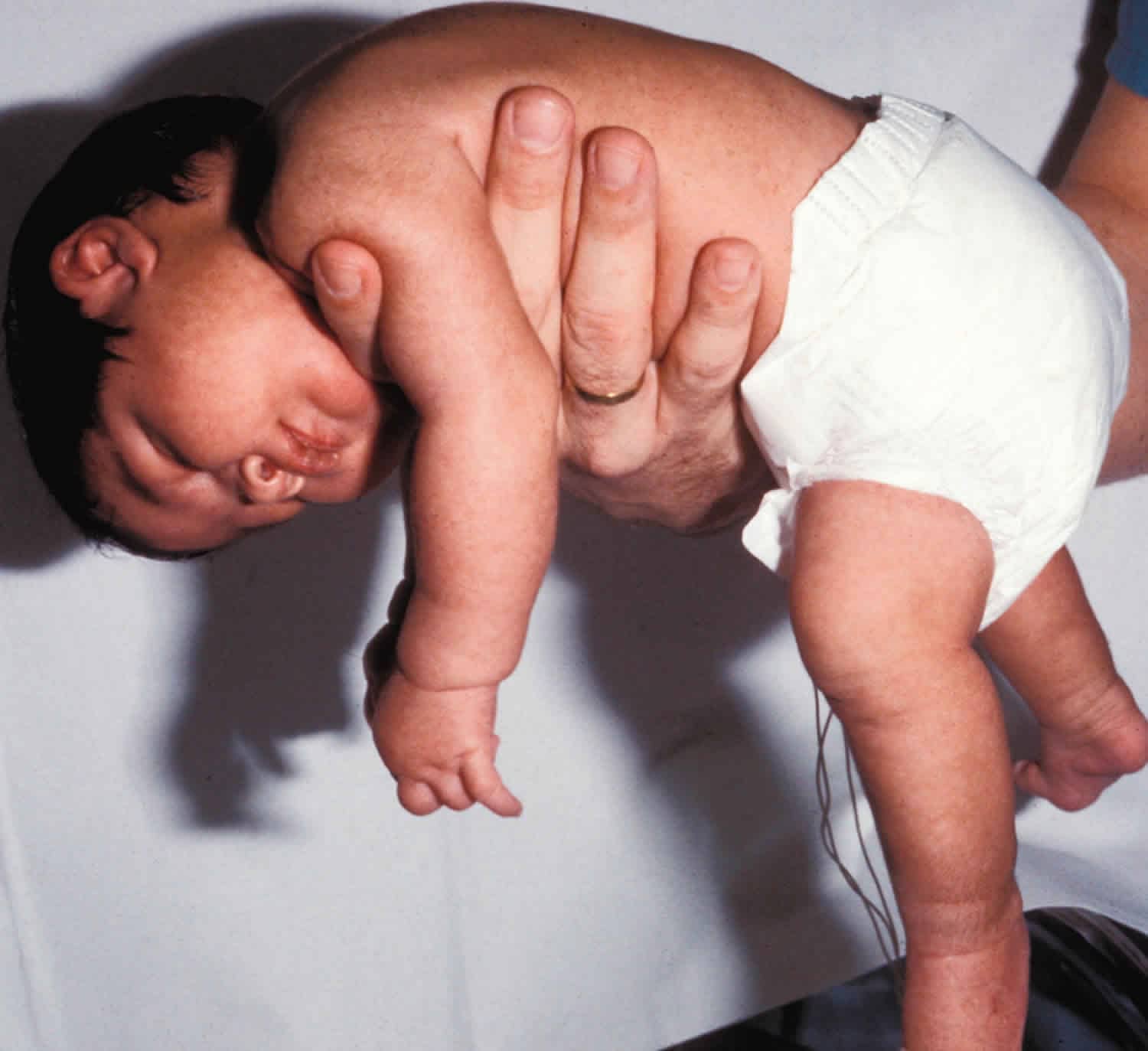
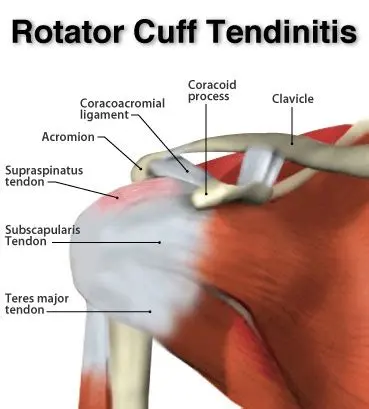
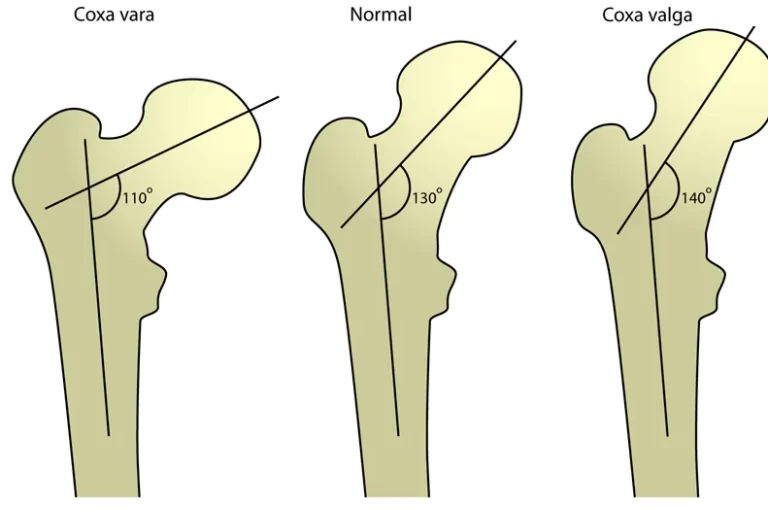
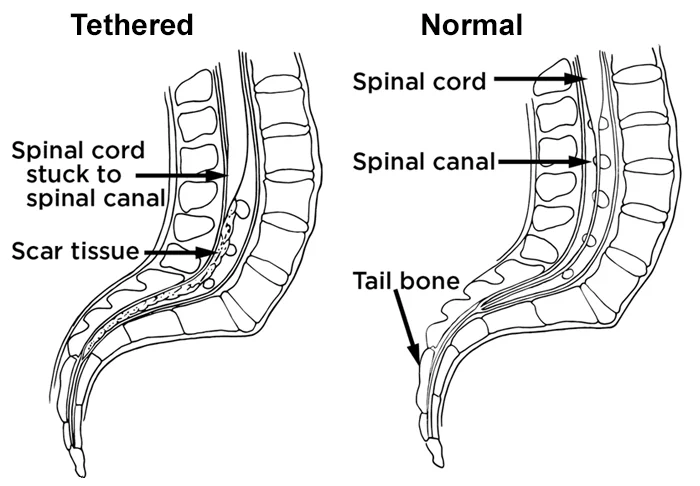
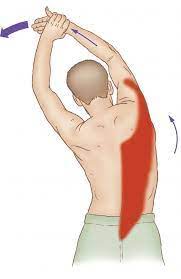
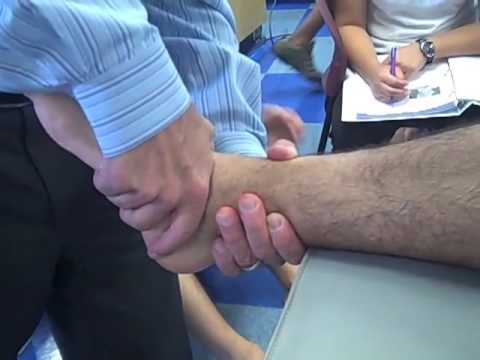

One Comment